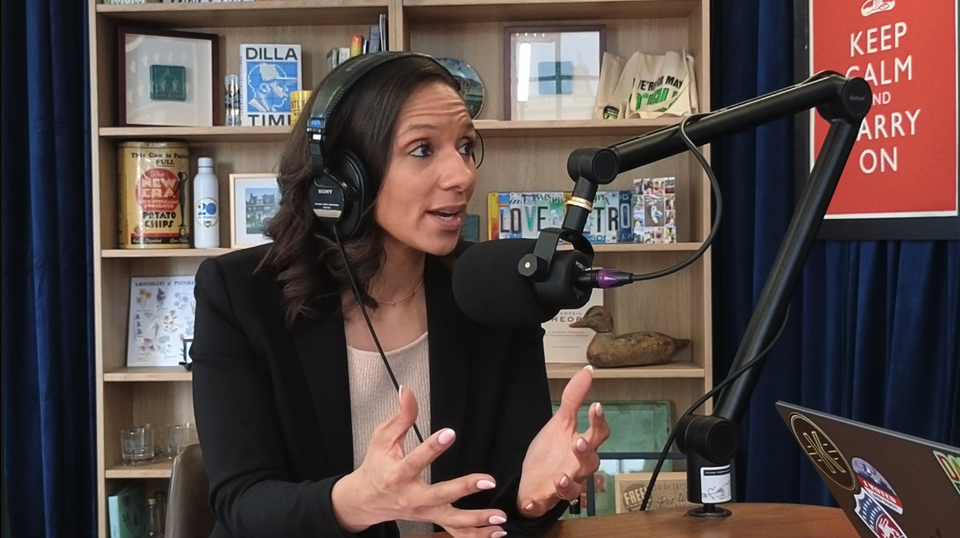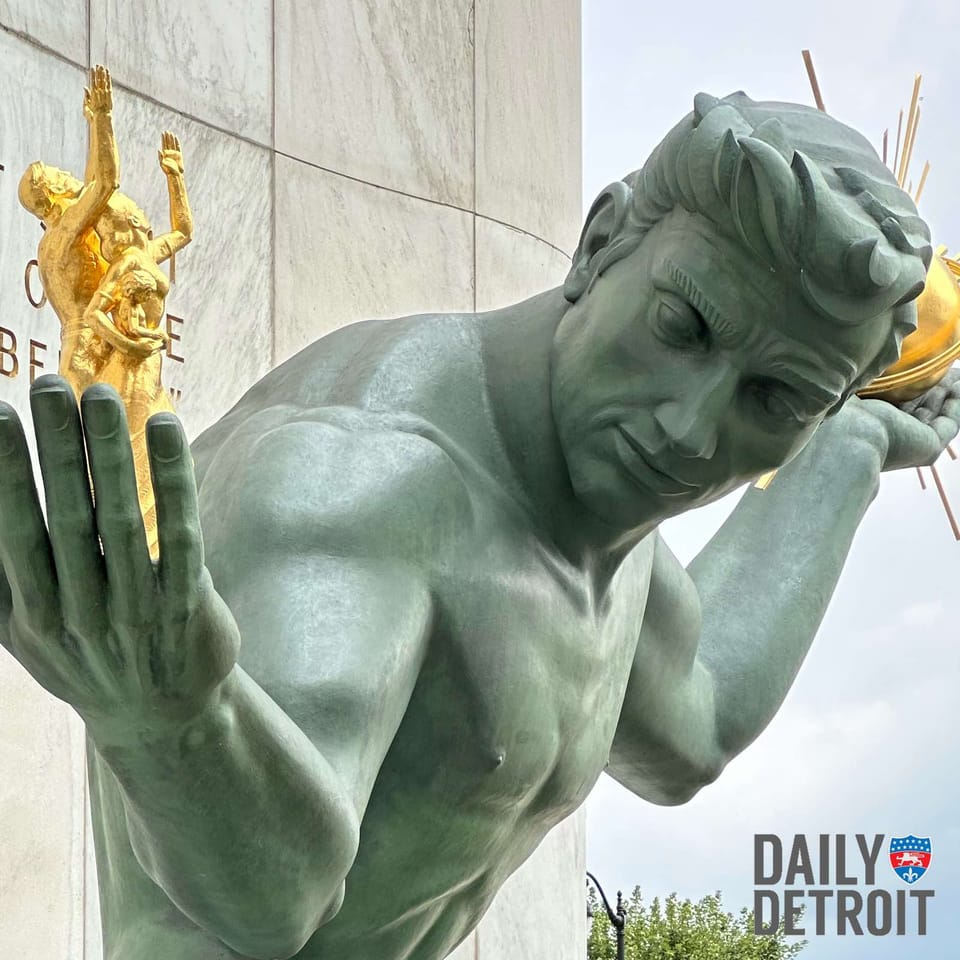As a Black person, and lifelong Detroit resident my understanding of the world is heavily influenced by race and process. This relates to the concept, term, and idea of ‘Ruin Porn.’
I first heard the term used in a discussion 4 years ago. I was sharing ideas about my soon to be released album ‘If Detroit were Heaven,’ and conceptually how I saw photography being coupled with the music to provide a better understanding of the album’s premise. As the art student from Center for Creative Studies I was talking with used the term he prefaced it with a negative connotation about Detroit. I listened. His opinion at the time, was that Detroit is becoming a trendy marketing vehicle because of it’s perceived abandonment. His argument was that a contingency of people use the barren image of Detroit as a way to market the city as an empty canvas to do, try, or build anything. The argument he provided was correct in presentation, but missed the context for understanding.
I think through conversation. Everyone who has met me knows I can easily talk for hours (to gather a better understanding). The understanding I generally seek is context. As a child I gravitated to Hip-hop because it provided many young Black men (I identified with) a platform to offer insight and perspective. My interest and appreciation has led me to develop the skill and talent to create and perform Hip-hop music too.
As Tupac Shakur stated in ‘Brenda’s Got a Baby’ … in reference to RUIN PORN, “let me tell you how is affects the whole community.”
I live and own the home I was raised in as a child. My neighborhood doesn’t have a name. The nameless neighborhoods throughout the 140 plus square miles of Detroit are full of transient renters, abandoned unkempt dilapidated properties, and low income families. This generalization is used often from people who live outside these neighborhoods to describe who lives inside these neighborhoods. Inside these neighborhoods are people. People who start, carry, or carry on the legacies of their families.
She lived to be well into her 100’s. Willard Scott missed her dedication, but our block never did.
Across the street from my home are two houses that have not been occupied in over a decade. The structure of both homes remain intact as exterior components have been stripped or weathered away. Guests to my home see these houses, and often shake their head in disgust with comments like ‘this is what makes Detroit so sad,’ or ‘the city not developing these neighborhoods cause Black people live here.’ I look at the houses every day I collect mail, and think, that’s Ms. Teresa & Ms. McCaughey’s house.
Ms. Teresa and Ms. McCaughey were like many of the first non-Jewish families to move into my neighborhood shortly after the 1967 Rebellion (Uprising or Riot if you prefer). My neighborhood was anchored by elders like Ms. Brown (my maternal Grandmother Motherdear), Ms. Deemer, Grandma Cook, Mr. Male, Mrs. Craft and many others. Ms. Deemer was a retired plant worker and numbers lady. She provided loans to many of the families on my block as a child.
She lived to be well into her 100’s. Willard Scott missed her dedication, but our block never did.
At the height of community unrest in the early 90s as gangs, drugs, drive-bys, and the prevalence of drug addiction rose. These elders were not threatened. They were protected, honored, and respected. Courtesy newspapers, lawn service, snow removal, and meals were delivered home to home from one family to another. Christmas gifts between neighbors and neighboring families with children were often shared as well.
I apply my revisionist history, with what I see, to view standing structures in my neighborhood. It’s not only a space, it’s where people live and lived.
I believe the value of Detroit is in it’s people. I grew up surrounded by families of people who came to Detroit seeking opportunity. Born in 1982 I had the privilege of living in a neighborhood full of elders who recently retired from decades of service. In retirement they finally were provided an opportunity to appreciate the homes they purchased in the 60s. Lawns full of seasonal flowers, gardens filled with foods (before urban gardening was a trend), and porches modeled similar to the comforts they once attributed to their Southern homes.
As a child visiting the South with my elders was boring. These trips were cherished and dear for them. I now realize that’s because of their revisionist attachment to their childhood home/s. So with pride I understand that my home resides in a neighborhood that was filled with proud Black matriarchs and patriarchs. People who proudly completed mortgages and appreciated their community as a portion of their Southern roots. Also I understand that my home is ‘rustic,’ as my friend described to her Spellman sisters.
Beauty is in the eye of the beholder, as value is found in the reverence for which one finds in a possession. I don’t see Detroit as a place for ‘Ruin Porn’ because I understand the value of the spaces to the people who have lived here, do live here, and will live here.
Khary Frazier will be speaking along with Phreddy Wischusen and Heidi Jugenitz on a panel about Detroit’s Ruin Porn at MOCAD called “Ruin Porn Chinwag(noun\chin-wag\: a friendly conversation)” on Thursday, July 14 at 8 p.m. Admission is free, but there’s a $5 suggested donation.
Editor’s Note: This story originally appeared on Detroit Is Different and used here with the express permission of the author.

















